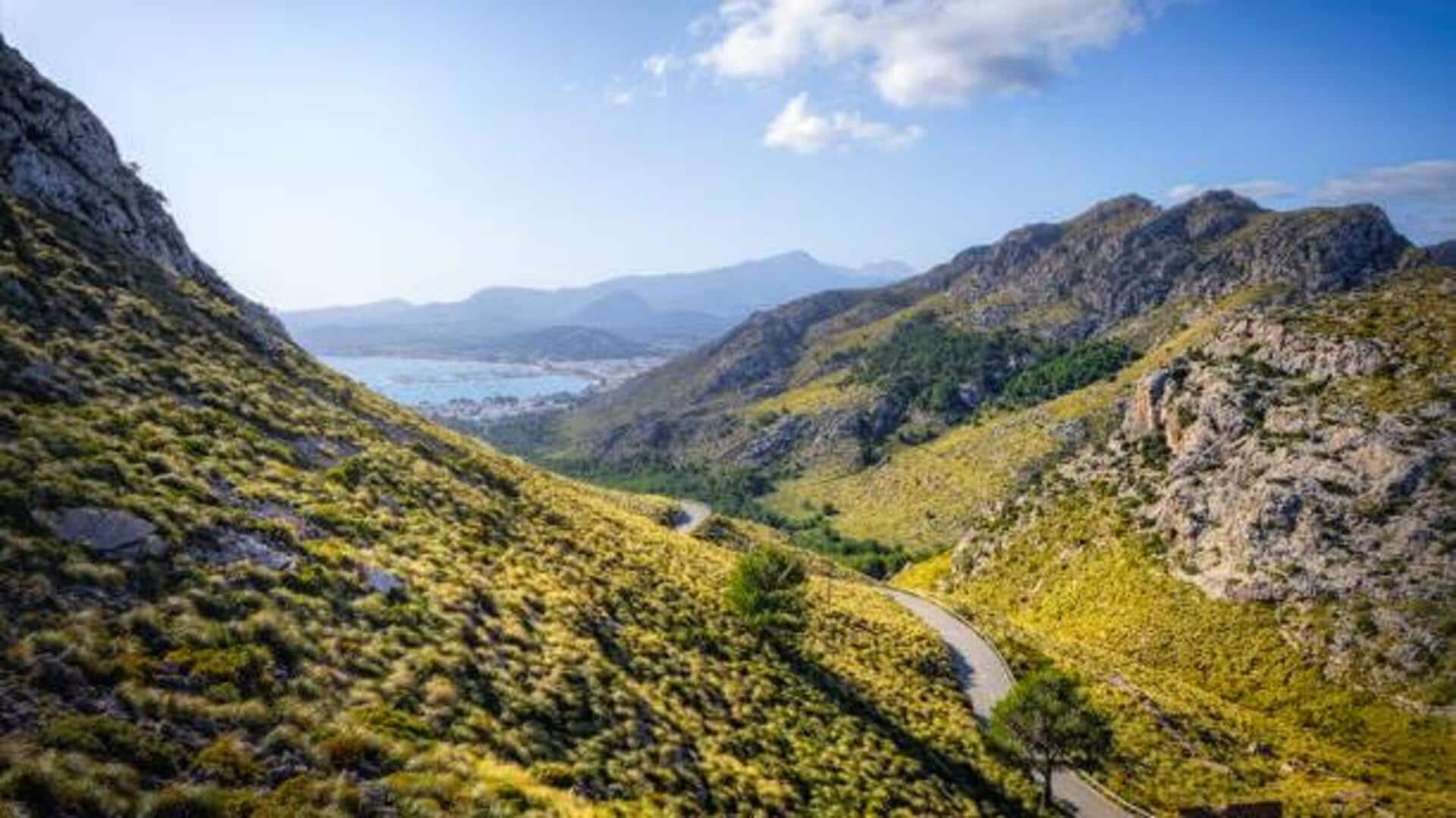
Hiking through Serra de Tramuntana: A guide
What's the story
The Serra de Tramuntana, a mountain range in Mallorca, Spain, offers a web of hidden paths calling out to explorers. This UNESCO World Heritage site is famous for its breathtaking landscapes and rich biodiversity. The trails here give you a chance to experience the natural beauty and cultural heritage of the region. Be it an avid hiker or a casual walker, these paths have something unique for all.
Olive groves
Discovering ancient olive groves
The Serra de Tramuntana is also dotted with ancient olive groves that have stood the test of time for centuries. Walking through them will give you a glimpse of traditional agricultural practices still in use today. The twisted trunks and silvery leaves make for a perfect picture that gives away the region's rich history and culture.
Hidden coves
Exploring hidden coves
Along with its mountainous terrain, the Serra de Tramuntana also has secluded coves that can only be reached via footpaths. These hidden gems provide tranquil spots where you can relax away from crowded beaches. The clear waters and rocky shores make them perfect for swimming or simply enjoying the serene environment.
Traditional villages
Visiting traditional villages
Nestled in the mountains are quaint villages like Deia and Valldemossa, which still flaunt their traditional architecture and charm. Walking through these villages ensures that you get a taste of local life. Narrow streets lined with stone houses give a glimpse into Mallorca's past but offer modern amenities.
Flora & fauna
Observing unique flora and fauna
The diverse ecosystem of the Serra de Tramuntana supports several plant species unique to this region and wildlife, including goats and birds of prey. Hikers can spot these species along trails that meander through forests, meadows, and rocky outcrops, offering nature lovers a chance to appreciate biodiversity up close.
Trail safety
Tips for navigating trails safely
When exploring the hidden paths of Serra de Tramuntana, it's important to prioritize safety by wearing proper footwear for uneven terrain, carrying enough water, especially in warmer months, and using maps or GPS, as some trails may be poorly marked. Always check weather conditions before long hikes and follow local conservation guidelines to help protect this natural treasure.